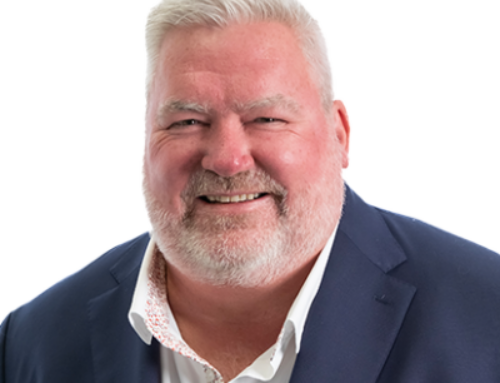Give us an overview of your team, areas of expertise and the range of projects you work on?
I have the privilege of leading a global team of enthusiastic technologists. Our skills include design for, and design for the integration of, audio visual, communications and information communications technology (ICT), security, controls and smart buildings.
The team is represented in our NDY offices in Sydney, Melbourne, Brisbane, Canberra, Perth, Auckland, London and Dublin but operate as a global resource pool for projects in many other locations. Our client base ranges from big tech to commercial office, retail, industrial and residential.
What do you see as the biggest opportunities for digital over the next 5 years?
Digital provides the infrastructure and hardware that enables modern life, both at home and work. Our design work responds to the needs of people as defined up-front in any project. While we have great visibility of where the technology future lies from a product perspective, demands from users often differ from project to project.
The biggest opportunity for digital is to stay on top of the market’s product developments and continue to listen to client aspirations. This is what enables connection and delivery of both and adds the most value.
Technology moves very quickly and problems that did not have a solution for yesterday will be solved tomorrow. We cannot simply keep doing what we did last week.
Are smart buildings only relevant to new developments?
On the contrary, smart buildings are potentially more relevant to existing assets as they compete in the same tenant market as new developments and need to remain relevant.
The smart building approach to existing assets will obviously be different in that the technology and integration cannot be bundled for delivery as a single neat package. However, the users’ aspirations are still the same.
An approach to an existing asset may deliver infrastructure first and technology to connect to the infrastructure as capital budgets allow, rather than an all-in-one-go approach. Some technologies will already exist and may be modern enough to connect immediately. Others may need to either be upgraded, where they’re not compatible, or procured where they’re missing.
Either way, the conversation and design needs to start with what the users will value in terms of experience. From here, it’s possible to define the technology that can deliver the data required to support the experience, not the other way around.
What’s the trickiest problem you’ve solved?
The trickiest problem I’ve taken on is to educate the industry on smart buildings. I’ve made some headway explaining how a smart building cannot be achieved with a Business Management System alone, or, in fact, a singular product. It’s about more than optimised energy and plant performance. It’s also about people, leases, rental yields and solving business problems. And all of these can enhance the performance of each other.
What’s an engineering myth you’d like to debunk?
There are a few:
- Everything should be connected to the Building Management System.
- Individual siloed system networks provide the best cyber resilience.
- Smart buildings is a product or software you can procure off the shelf.
What professional relationships do you value the most?
I value the ones where people appreciate the knowledge and advice I can share, based on experience.
I also value the people who are prepared to think outside the box to be truly innovative. They’re the ones who understand that innovation isn’t necessarily a new thing, but perhaps an existing thing deployed for a different purpose.
If you could change one thing about the built environment, what would it be?
I have two things. Firstly, I would change the one-size-fits-all approach to construction for design and procurement. Technology needs to be priced early and procured late, as most construction projects take multiple years. By this time technology procured at contract award is already out of date.
The traditional Design & Construct procurement approach is deceiving for builders. They may think they have lower risk by locking in technology solutions up-front, but they are, in fact, locking in redundant technology.
Secondly, technology needs to be recognised as more influential in services design. It touches every other service and needs earlier engagement in procurement.
What does Making Spaces Work mean to you?
It means creating spaces and places that people want to be in. This is because they’re better connected and more comfortable, productive, collaborative, efficient and, ultimately, more satisfying than the alternatives.
Tell us something that not many people know about you?
I’ve maintained my pilot’s licence from my days as an avionics mechanic and fly privately on the weekends. I can fly a MT0W 5 – 700 kg with a single engine, retractable undercarriage and constant speed unit.
One of my most interesting days in the cockpit was flying into Class Charlie airspace at Canberra where I was taxied on the runway between a Qantas 737 and Virgin 737. They were cleared to holding point Alpha whilst I was cleared to holding point Bravo and I assumed they’d both take off before me. However I was called after Qantas and, after a disconcerting 5 minutes sitting in the limelight on the runway waiting for wake turbulence to clear, I took off. Now, that was a flight to remember!










